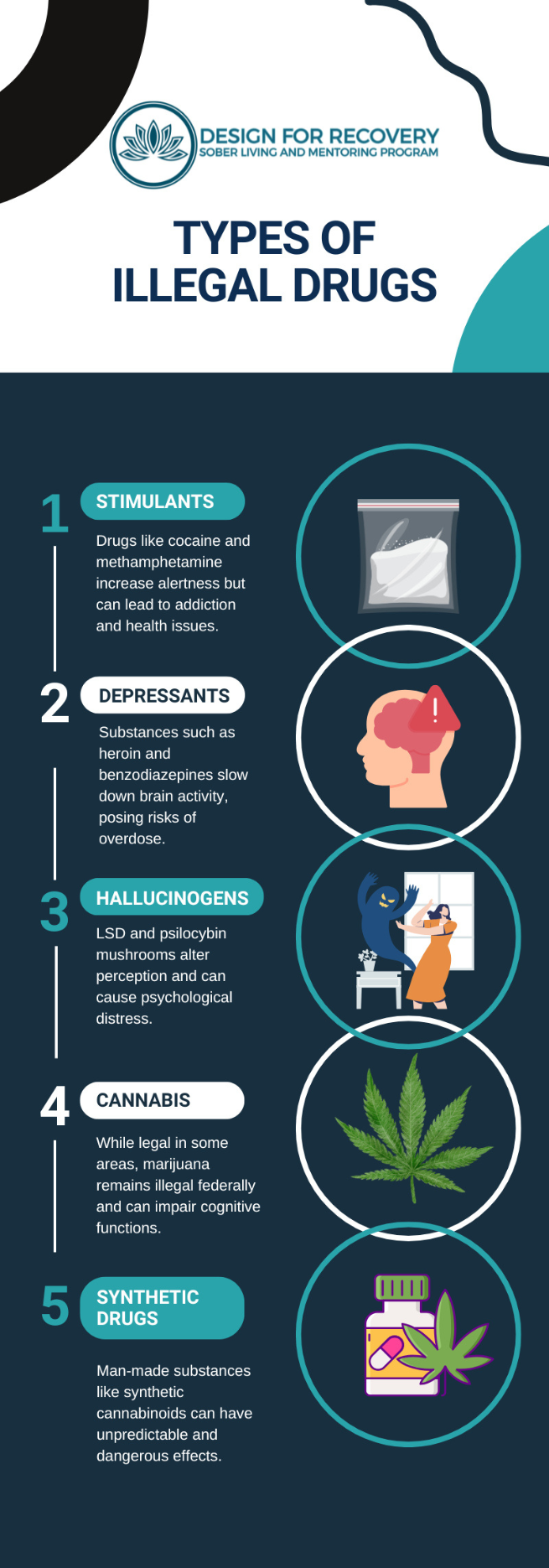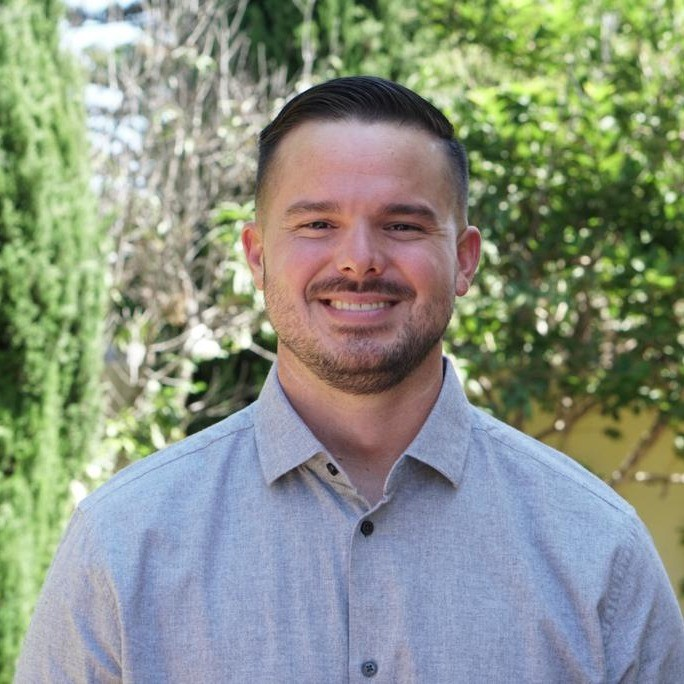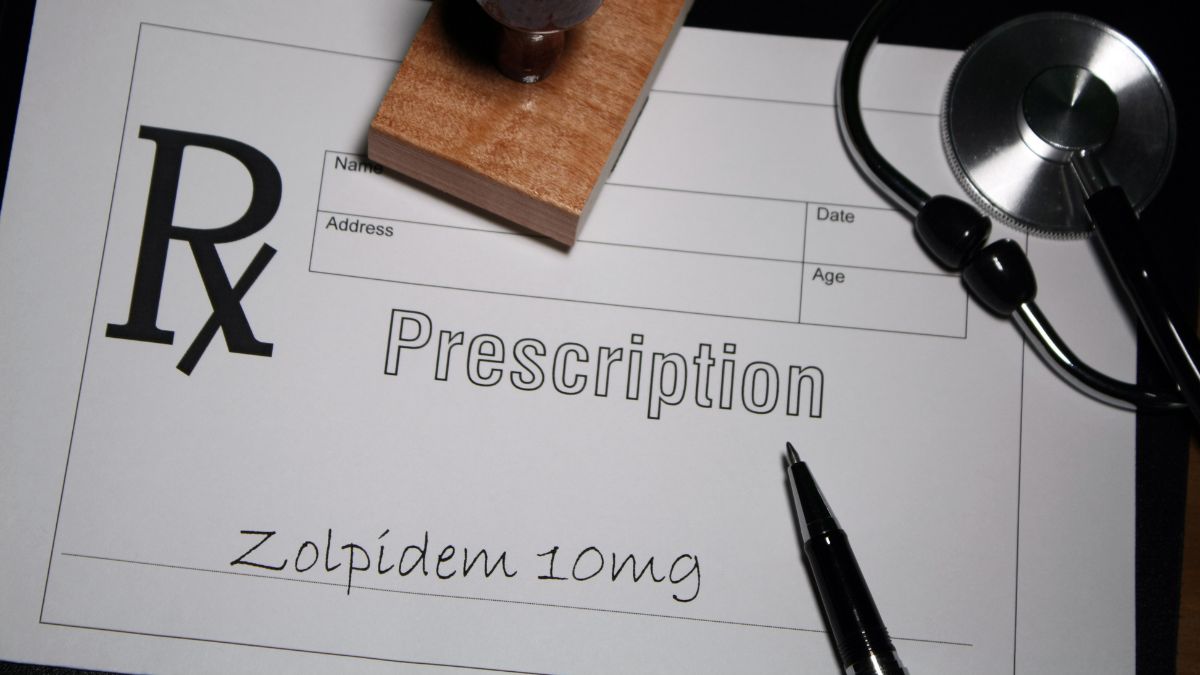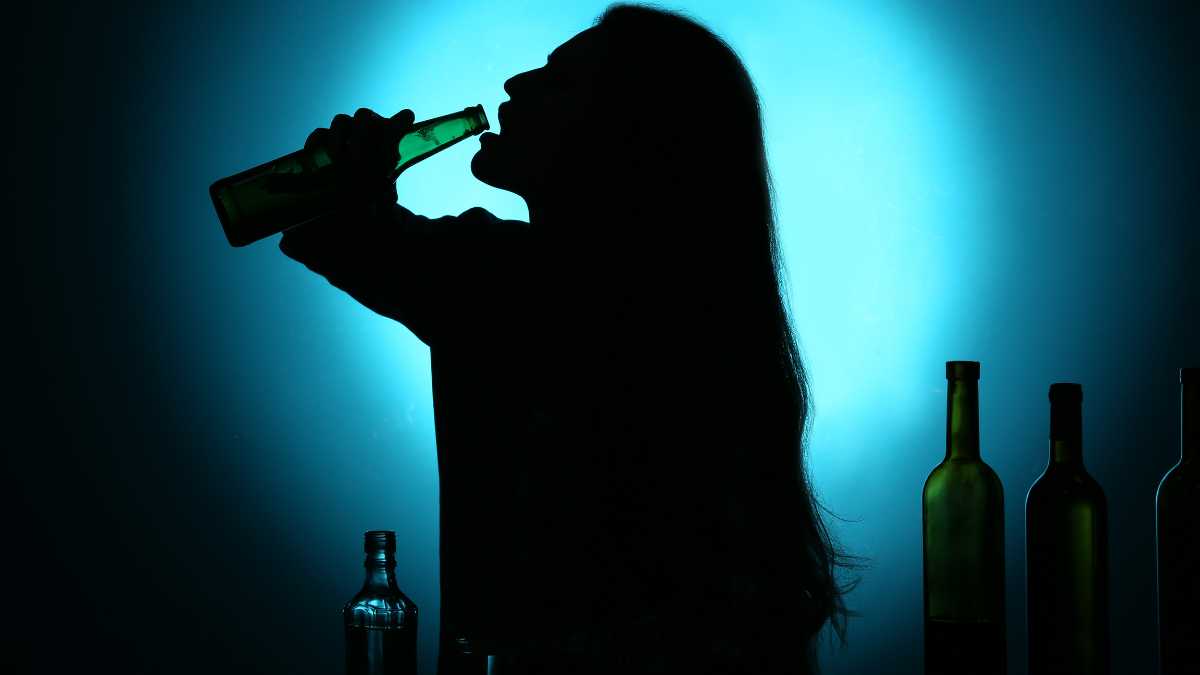When you hear the word “drugs,” typically, you understand that in an illicit context. But illicit drugs are not the only kind of drugs available, there are other licit drugs, too. We will explore licit vs. illicit drugs in this article so that when you are trying to educate your loved ones or others about drug use, you can use the appropriate terminology to explain what it is and why it is.
Common Examples of Licit Drugs and Their Uses
Before we get into the examples, let us understand what are licit drugs. Licit is anything that is within the law or legal. Licit drugs available to you are caffeine, alcohol, and nicotine. You can go anywhere and purchase them legally, albeit there are some age restrictions. Prescription drugs (medication) are also licit drugs, and they are provided to you under a doctor’s prescription.
Call Design for Recovery to Begin Your Healing Journey!
Reach out to our team to discuss sober living options and next steps toward a healthier routine.
Illicit (Illegal) Drugs: Types, Risks, and Effects on Health
Now, what are illicit drugs is a more straightforward question to answer. They are illegal drugs and are classified as illegal because they pose a certain level of threat to your health and well-being. Possessing or selling these drugs can lead to heavy penalties and even prison time. Commonly known illicit drugs are:
- Psilocybin (magic mushrooms)
- Cocaine
- Methamphetamine
- Heroin
Now, some drugs are illegal in certain regions and not in others. The most famous example is marijuana or cannabis. Depending on where you are, you can face legal consequences for possessing or selling these kinds of drugs.

Illicit drugs often provide short-lived pleasant effects - a high/euphoria, relaxing effects, or hallucinogenic effects. This is what makes them addictive; you keep going back for more and more and more. You must keep in mind that even when licit drugs are misused, they can lead to detrimental effects like illicit drugs can. Heavy and prolonged use of both can lead to a substance use disorder or dependence.
Substance use disorders have physical, psychological, and social effects. Often, they co-occur with other mental health conditions. In extreme cases, especially when left untreated, they can lead to overdose and death.
As per the 2023 United States National Survey on Drug Use and Health (NSDUH), an estimated 48.5 million (16.7%) Americans aged 12 and older struggled with a substance use disorder pertaining to both licit and illicit drugs. However, the majority do not receive the care they need and deserve. But care is available and a step away. We will discuss this in detail below.
Legal Implications: How Licit and Illicit Drugs Are Regulated?
While illicit drugs are criminalized, the truth is that more lives are lost to tobacco than alcohol or other illicit drugs. So, the question is how both licit and illicit drugs are regulated.
Licit drugs are controlled in terms of availability and tight controls over what, where, and to whom they can be sold. For instance, in many countries, tobacco use has been reduced by more than half of what it was 30 years ago. This is because licit drugs are regulated through multi-tiered systems involving government agencies at both national and local levels. For instance, the sale of alcohol has age restrictions. Meanwhile, prescription medications - depending on their potential for misuse - are either strictly sold under a doctor’s prescription or are available over the counter, where you can purchase them directly from pharmacies or stores.
Illicit drug meaning is that they are illegal, so they are regulated through prohibition. This means that their production, sale, and possession are outlawed. In case anybody is found engaging in either of these activities, they are subject to legal penalties. This can range from:
- Heavy penalties
- Community service
- Probation
- Imprisonment in jail or even a federal prison
- Other kinds of confinement, like house arrests.
Contact Design for Recovery Today!
Fill out our quick form to connect with a peer mentor and learn how our sober living community supports accountability, structure, and personal growth in recovery.
The Impact of Licit and Illicit Drugs on Society and Individuals
Licit or illicit, when misused, drugs can adversely impact individuals and societies. Licit or illicit, drugs like alcohol and nicotine are dangerous. Tobacco is responsible for more fatalities than any other illicit drug on the market. In fact, tobacco leads to more deaths than suicides, murders, and HIV. Meanwhile, alcohol is one of the most dangerous of both licit and illicit drugs. It is the prime reason for many car accidents and crimes. In fact, alcohol use disorder is one of the most prevalent substance use disorders, with more than 29 million Americans aged 12 and older struggling with the same. Prescription medication, when used under your doctor’s instructions, can be very safe and useful, but when misused, it can lead to substance use disorders as well.
There are many reasons why licit and illicit drugs can impact the person and society. Therefore, education and knowledge are important in figuring out how we can help out a loved one struggling with these conditions.
Treatment Options for Substance Abuse: Addressing Both Licit and Illicit Drug Use
Substance use disorders can lead to a vicious cycle of self-defeating behaviors that can damage a person’s physical and mental health. Unfortunately, the truth is that given the stigma and discrimination surrounding substance use, many do not receive the care they need and deserve. However, there is no shame in this. The decision to recover is one of the most empowering decisions a person can make.
Whenever you or a loved one makes this decision, know that care is available for you right away. Substance use disorders are treated with a combination of psychotherapy and medication. The focus is to change the underlying patterns leading to substance use and equip the person with life skills to cope with triggers, temptations, and other stressors. Medication monitoring is used to reduce cravings and withdrawal symptoms, which go a long way in alleviating symptoms and preventing relapse.
Social support in the form of group sessions and 12-step recovery groups like Alcoholics Anonymous and Narcotics Anonymous, where you can benefit from shared experiences and learning in your journey to recovery.
- Common Examples of Licit Drugs and Their Uses
- Illicit (Illegal) Drugs: Types, Risks, and Effects on Health
- Legal Implications: How Licit and Illicit Drugs Are Regulated?
- The Impact of Licit and Illicit Drugs on Society and Individuals
- Treatment Options for Substance Abuse: Addressing Both Licit and Illicit Drug Use







Written By
David Beasley